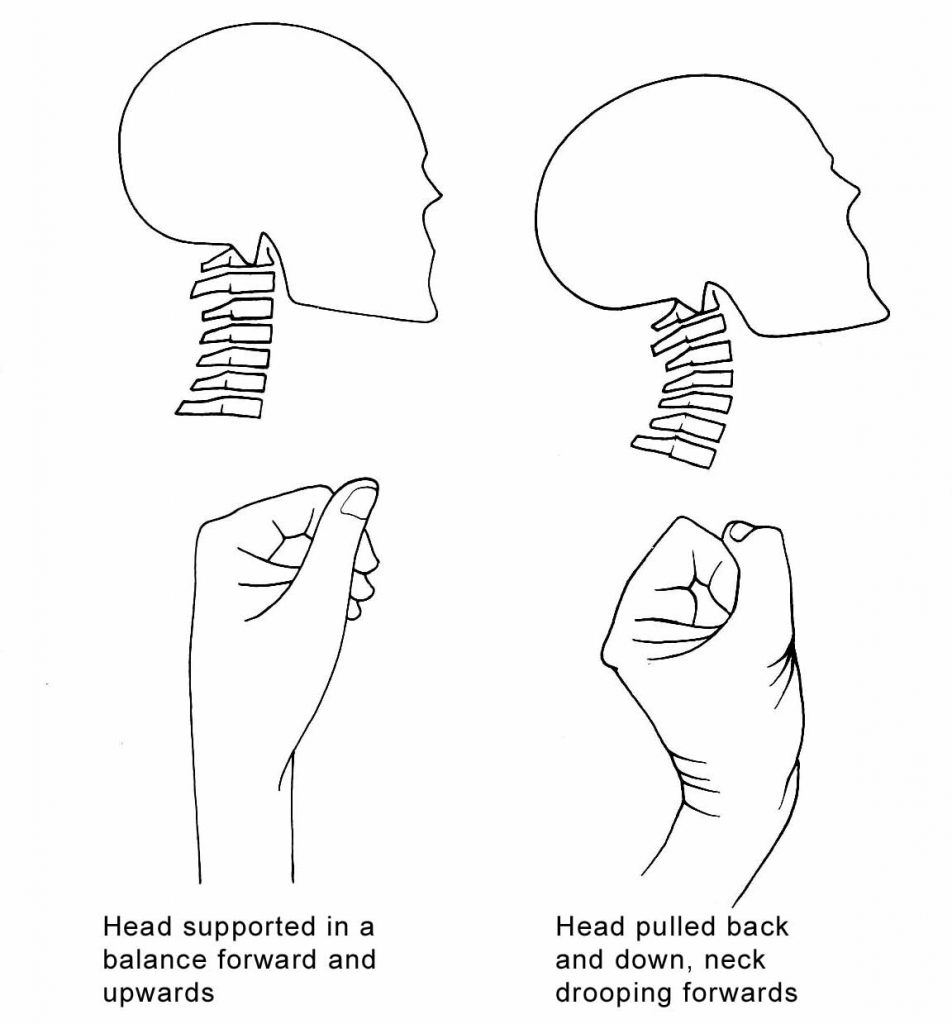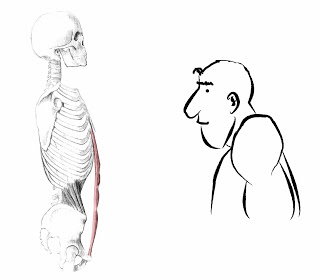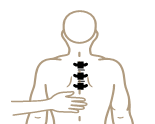Alexander Technique is not an exercise but is a detailed study of the fundamental principles of human co-ordination and movement that underlies all activity. A unique form of neuro-muscular rebalancing, it is concerned with how you direct your Primary Control. Primary Control is a fundamental concept of The Alexander Technique that describes a certain relationship between the head, neck and back and how this relationship affects poised co-ordinated action. Alexander teachers call this ‘use’, i.e. how you use your head, neck, a back relationship so that you maintain central coordination of the trunk as a core structure. The technique ensures that in using your limbs, breathing, voice, etc. the central co-ordination of the head, neck, and back is not disturbed.

Why exercise is not always the solution
Core stability exercises were devised in response to the perceived problem of poor support. The exercises encourage concentration on individual muscle activation during activity to stabilize ‘the core’ in order to support an area known to have a weakness. The problem with this action is that it is contrary to the function of the nervous system. If our innate balance mechanisms are allowed to perform their function unimpeded, there is no need to consciously engage muscle or strengthen the middle of the structure independently. In the absence of interference, the reflexes responding to gravity will help to ensure optimum balance and movement.
However, exercise cannot ensure ‘good use’ of the body. We have probably “exercised” ourselves into bad posture by just doing a normal daily routine for years and years. Now we are proposing to exercise our way back out of it. If we have learned misuse or poor postural habits, when we exercise, we will exercise with misuse unless we deal with our misuse and learn to eliminate it. It is also worth noting that we cannot exercise these deep stabilizing, supporting muscles to produce strength; these muscles are reflexive and not subject to our direct control.
A few more exercise fallacies
Sadly, doing sit-ups will not flatten your tummy. There is a layer of fat between the muscle and the skin and if this layer of fat is excessive, the only way to flatten your stomach is to lose fat – harsh but true.
The muscle that we call the ‘six-pack’ that shows its definition so strongly is Rectus Abdominis. It runs from the pubic bone to the lower end of the breastbone (sternum).

Sit-ups will over-tighten Rectus Abdominis and when it is over-tightened it pulls down the rib cage, rounds the shoulders and pulls the neck forward.
And while we are on the subject of facts and fallacies…how about relaxation?
It is tempting to think that the solution to many of our problems is to ‘just relax’ but what do we mean by relaxation? We would like to think that by relaxing we are letting go of excessive tension in our muscles. Most people when they relax, however, over-slacken their muscles and the result is a collapse. What is actually needed is appropriate tension in the muscles: collapse is not relaxed.
See Professor Lederman’s research ‘Myth of Core Stability’
